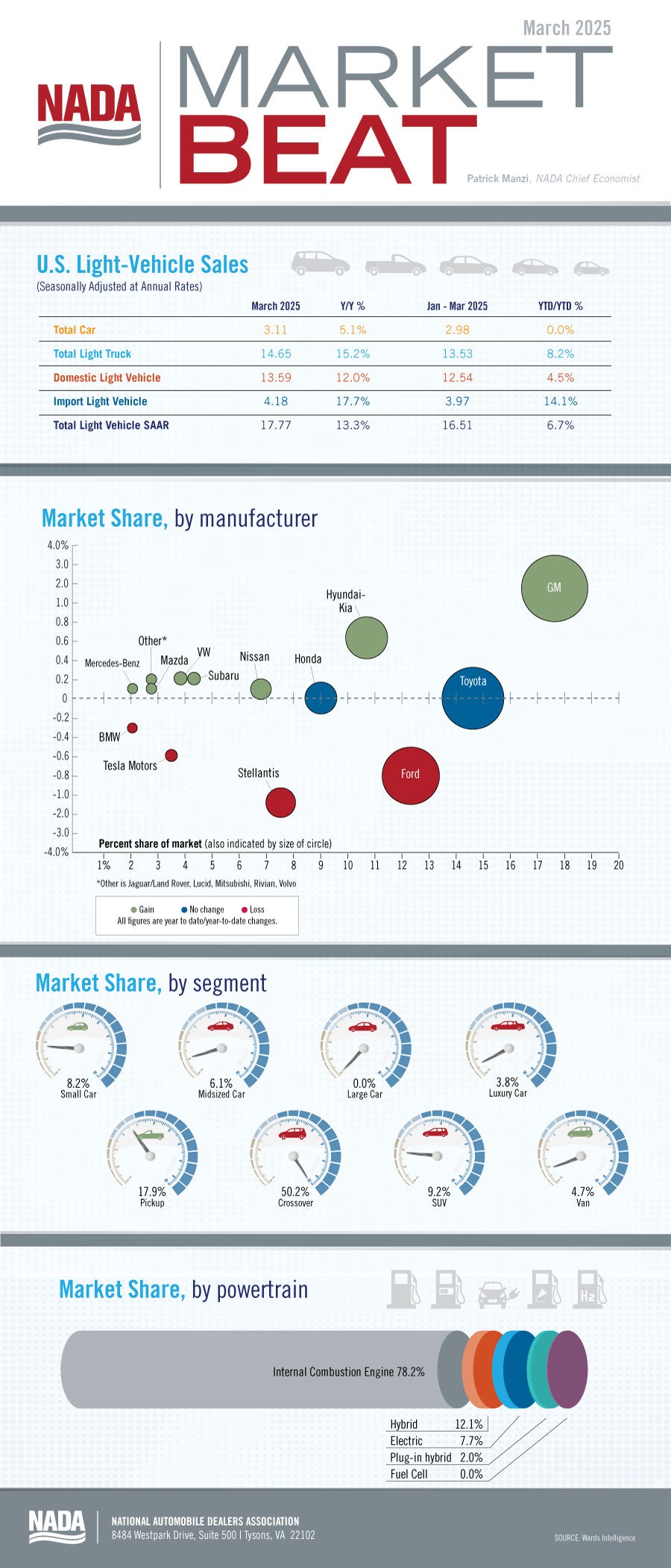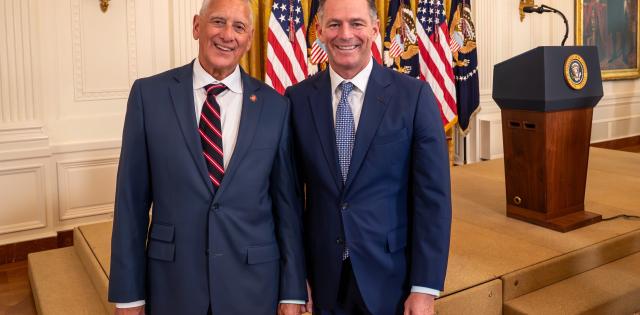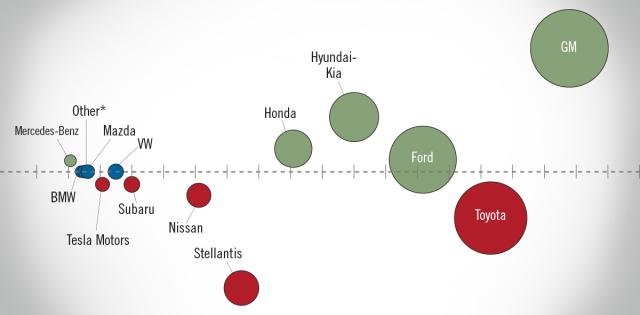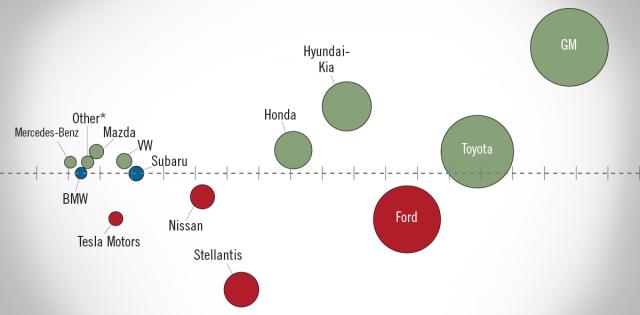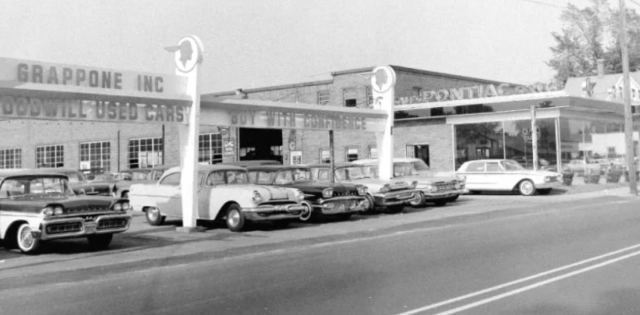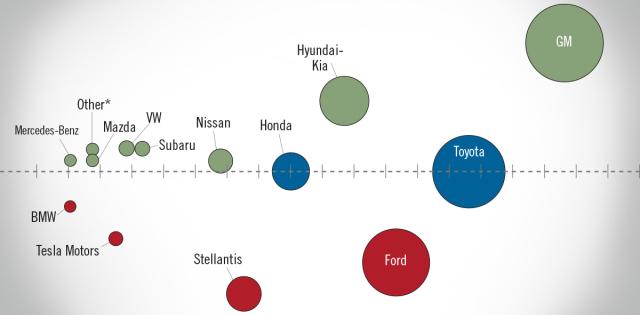New light-vehicle sales in March 2025 recorded the highest monthly SAAR in nearly four years. March 2025’s SAAR reached 17.8 million units, as customers rushed to dealer lots to purchase vehicles before the 25% tariffs on imported vehicles took effect. The SAAR in March 2025 represented an increase of 13.3% year over year and an increase of 11.0% compared to February 2025. A SAAR of 17.8 million units is the highest since April 2021, when the SAAR reached 18.2 million units just before the semiconductor microchip shortage significantly impacted new light-vehicle sales and production. If tariffs proceed as announced, this may be the highest monthly SAAR for some time as price increases from new trade duties likely push new-vehicle prices significantly higher.
Both retail and fleet deliveries increased in March 2025. According to Ward’s Intelligence, the total raw sales volume reached 1.585 million. Retail sales accounted for an estimated 1.3 million units, an increase of 17.3% year over year, and fleet volume also increased 5% to 281,000 units. The total SAAR for Q1 2025 hit 16.5 million units, a SAAR increase of 1.0 million units compared to March 2024. March 2025’s sales performance was the primary driver for sales growth in Q1.
Given the strong demand from consumers in March 2025, average incentive spending per unit fell slightly month over month. J.D. Power estimates that average incentive spending per unit reached $3,059 in March 2025, a decline of $102 per unit compared to February 2025 but up by $235 per unit compared to March 2024. OEM incentive spending had been forecast to rise throughout the year as new-vehicle inventory improved, but its trajectory was disrupted by the new tariff announcements.
The future of the U.S. auto industry is murky as we await final tariff announcements. If tariffs go into effect as planned, expect vehicle prices to increase, sales to decrease, and production to fall. However, the exact magnitudes of these effects are difficulty to quantify currently. There also likely will be effects on U.S. vehicle exports, as other countries retaliate with tariffs of their own.
